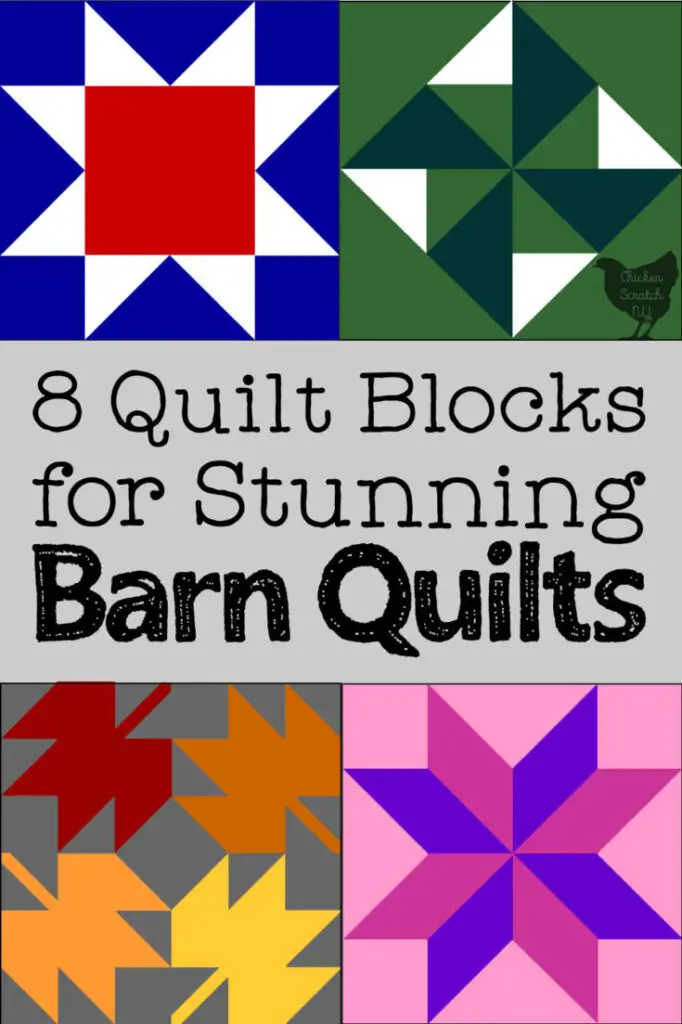Have you ever noticed the colorful quilt-like patterns painted on the side of a barn or outbuilding? Those are barn quilts, and they have been gaining in popularity across the country. But what exactly are barn quilts, and what is their history? In this article, we will explore the history and meaning behind barn quilts, and why they have become so popular.
History of Barn Quilts
Barn quilts are large-scale pieces of art displayed on the sides of barns and other buildings. They are made of wood and painted in bright, geometric patterns. Barn quilts have their roots in the traditional quilting practice of the 19th century, but have become a popular way to decorate the outsides of barns and other buildings.
What are the quilt patterns on barns? Barn quilts are often painted in traditional quilt block patterns, such as the Log Cabin, Bear’s Paw, or Star of Bethlehem. Other popular barn quilt patterns include the Ohio Star, Double Wedding Ring, and Flying Geese. The patterns are typically painted in bright colors, such as red, yellow, and blue.
Where did the idea of barn quilts originate? The idea of barn quilts originated in Adams County, Ohio in 2001. Donna Sue Groves, a local resident, wanted to honor her mother’s quilting legacy and decided to paint a quilt block pattern on the side of her barn. This sparked a movement in the area, with other residents creating their own barn quilts.
Why are barn quilts so popular? Barn quilts are popular because they are a way to show off an individual’s creativity and add a unique touch to the outside of a building. They also provide a way for people to show their pride in their heritage and to celebrate their family history. Many people also view barn quilts as a way to honor the hard work of the generations of farmers who worked the land in their area.
Are barn quilts a nationwide trend? Barn quilts have become increasingly popular throughout the United States. In addition to the original barn quilt movement in Adams County, Ohio, barn quilts have been created in many other states, including Tennessee, Iowa, Pennsylvania, and North Carolina. In some areas, entire trails of barn quilts have been created, allowing visitors to view the quilt patterns on barns in the area.
What Are Barn Quilts?

Barn quilts are large quilt blocks that are painted on plywood and mounted on barns, sheds, and other outbuildings. The quilt squares measure 8 feet by 8 feet and are made from a variety of designs. The concept of the barn quilt originated in 2001 in Adams County, Ohio, and has since spread throughout the United States and Canada.
- History: The idea of barn quilts came from Donna Sue Groves, who wanted to honor her mother, a quilter, by displaying a quilt block on their family barn. This single quilt block started a trend that has since spread across the US and Canada.
- Designs: The designs of barn quilts often vary from traditional quilt patterns, as they must be scaled up to 8 feet by 8 feet. The most popular designs are the Ohio Star, Bear’s Paw, Log Cabin, and the Half Square Triangle.
- Purpose: Barn quilts are not just decorative pieces; they also serve as a way to honor family heritage and celebrate local history. In addition, many people use them as waymarkers, to help visitors find their way around rural areas.
- Why Quilt Patterns on Barns?: Quilt patterns have been used for generations to tell stories, express emotions, and pass down family history. By displaying a quilt block on a barn, people are able to honor their family heritage and celebrate the beauty of the quilt.
Today, barn quilts are a popular way to add a unique and personal touch to rural properties. They are often seen in yards, gardens, and along driveways and roadsides. With so many beautiful designs to choose from, barn quilts are a great way to make a statement and add a touch of color to any home or barn.
Quilt Patterns on Barns
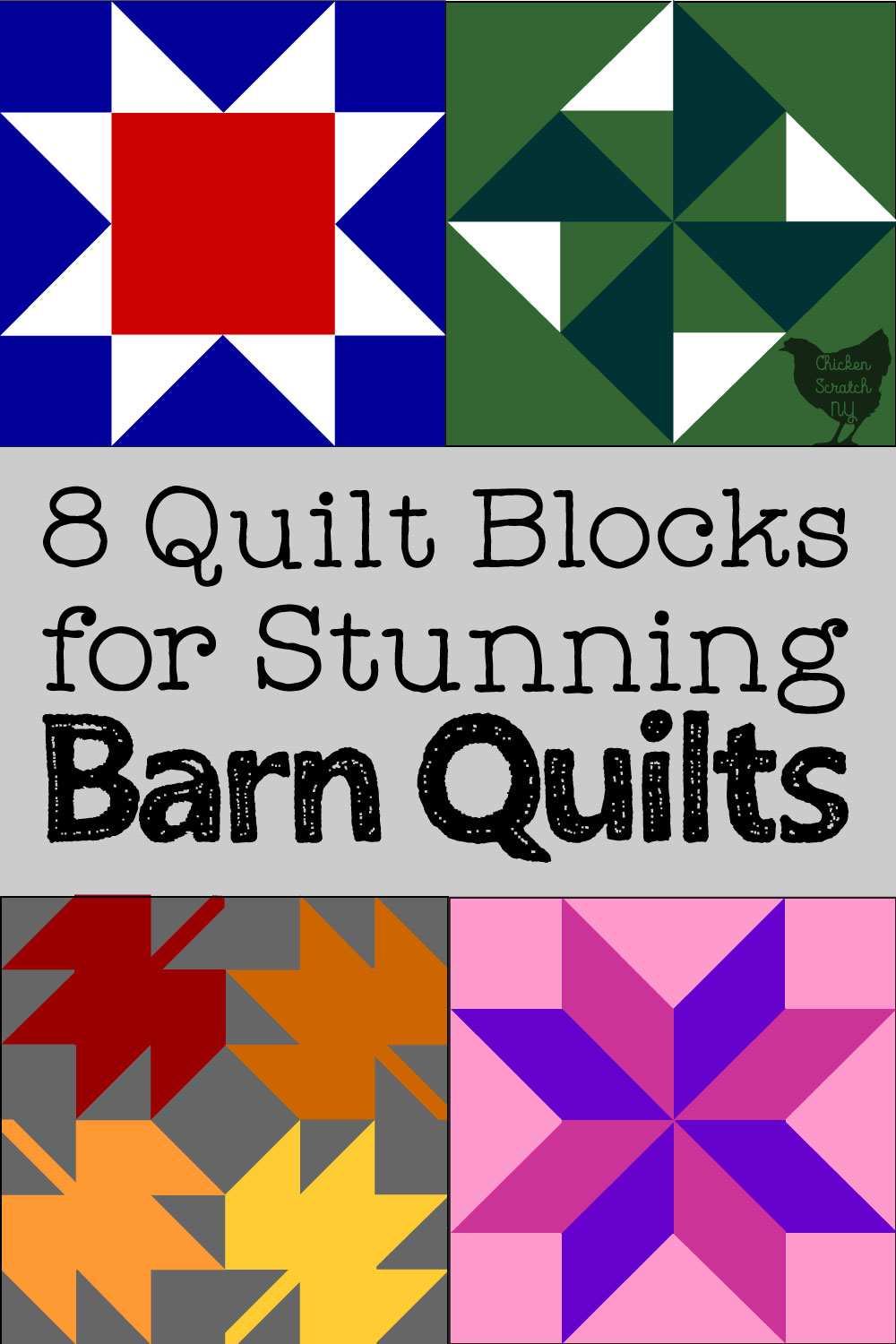
Barn quilts are wooden quilt blocks of varying sizes and colors, painted or stained onto the sides of barns or other buildings. The patterns often have a symbolic meaning and many have been passed down for generations. Barn quilts are becoming a popular way to honor family heritage and add a unique design element to a farmhouse or other rural property.
What do the quilt designs on old barns mean? Quilt patterns on barns have a variety of meanings. Some are meant to commemorate a family’s history or a special event. Others are simply decorative and designed to be pleasing to the eye. Quilting patterns can also represent the family’s beliefs, such as a pattern with a star to represent faith, a house to represent home, or a heart to represent love.
Table:
| Quilt Pattern | Meaning |
|---|---|
| Star | Faith |
| House | Home |
| Heart | Love |
Barn quilts have become a popular way to decorate rural homes and farms, adding a unique and personal touch to the property. They are often used to commemorate important family events, or simply to create a beautiful and eye-catching display. While the meaning of a quilt pattern may vary from family to family, they all represent a connection to the past and a love of tradition.
Why Quilt Patterns on Barns?
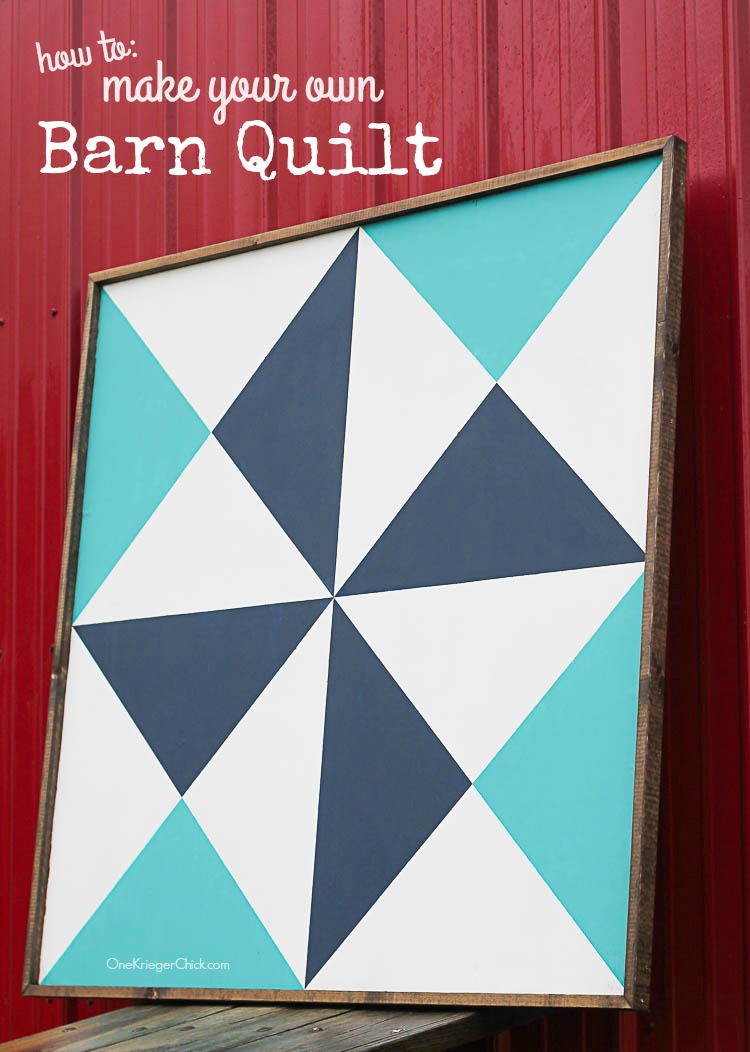
- Historical Context: Barn quilts were traditionally used to commemorate special events or people. It was often used to honor family members who had passed away and provide them with a lasting memorial.
- Artistic Expression: Barn quilts provided an opportunity for creative expression. Many quilters used the medium to express their feelings, beliefs, and passions.
- Community Connection: They often became a symbol of community pride, as people from all around gathered to admire them and share stories.
- Storytelling:Barn quilts were a way to tell stories. Quilters used the medium to share their family history and pass down their traditions and values.
- Preservation:Barn quilts also served as a means of preserving history. They documented events and people that could have been forgotten over time.
What Do the Quilt Designs on Old Barns Mean?
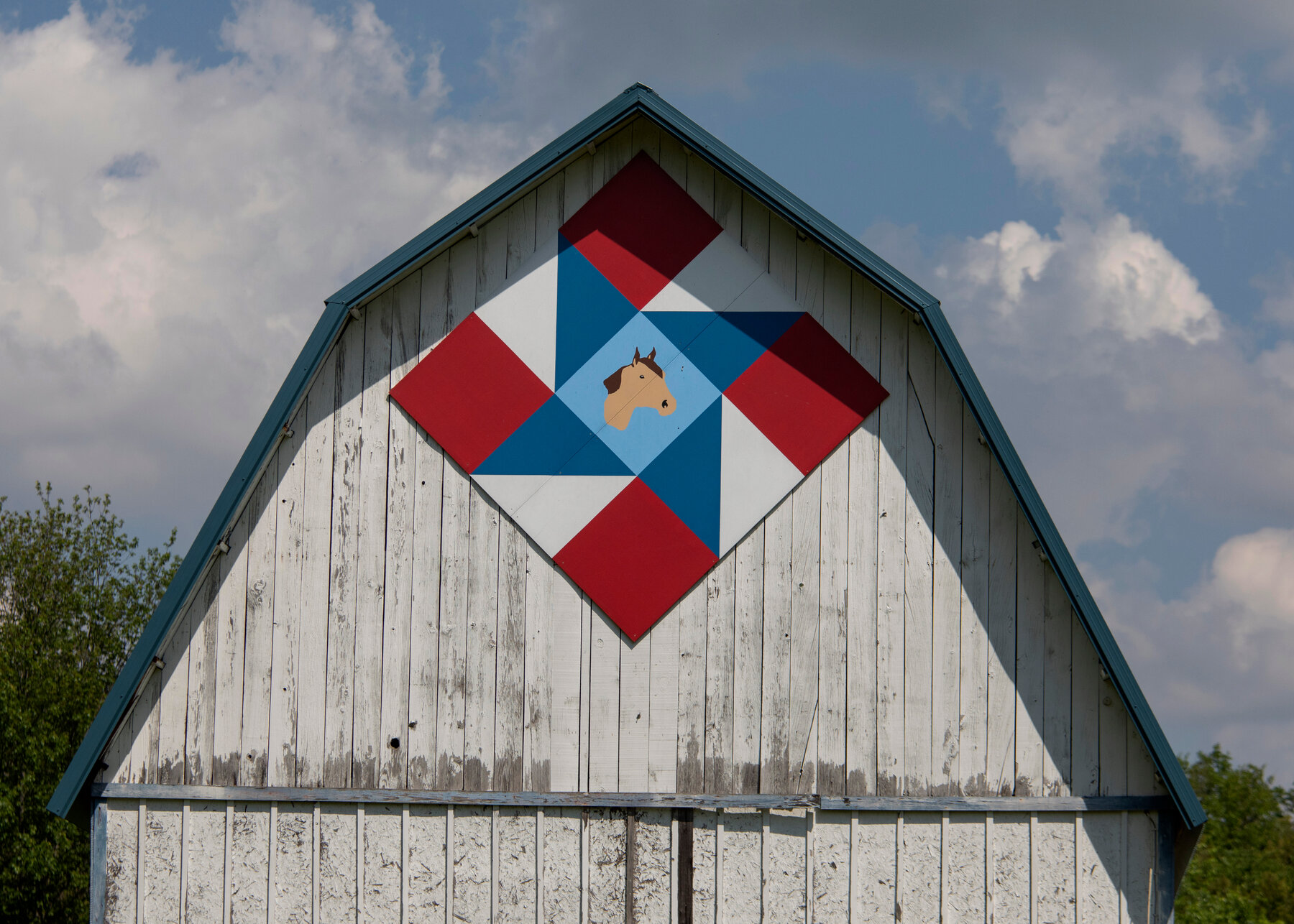
Barn quilts are large, often colorful quilt blocks that are painted on the sides of barns and other structures. They are found all over the United States and Canada, and each quilt block has its own meaning and significance. Here are some of the most common quilt designs that you might find on old barns:
- Tumbling Blocks: This quilt pattern is thought to represent the waves of the ocean and symbolize the journey of life. It may also represent the challenges that people face in life and the ability to overcome them.
- Log Cabin: This quilt pattern is thought to represent the hard work and dedication of the early settlers who built log cabins. It may also represent the strength and stability of the home and family.
- Grandmother’s Flower Garden: This quilt pattern is thought to represent the beauty of nature and the joy of gardening. It may also represent the lifelong friendships that are formed through gardening.
- Stars and Pinwheels: This quilt pattern is thought to represent the night sky and the sense of wonder and awe it can evoke. It may also represent the journey of life and the idea that there is something bigger than oneself.
Barn quilts are often painted on the sides of barns to commemorate a special event or loved one, or to celebrate a family’s heritage. They can also be used to create a unique and vibrant look for a barn. Regardless of the reason, these colorful quilt designs are sure to bring a unique touch to any old barn.
Examples of Barn Quilt Designs
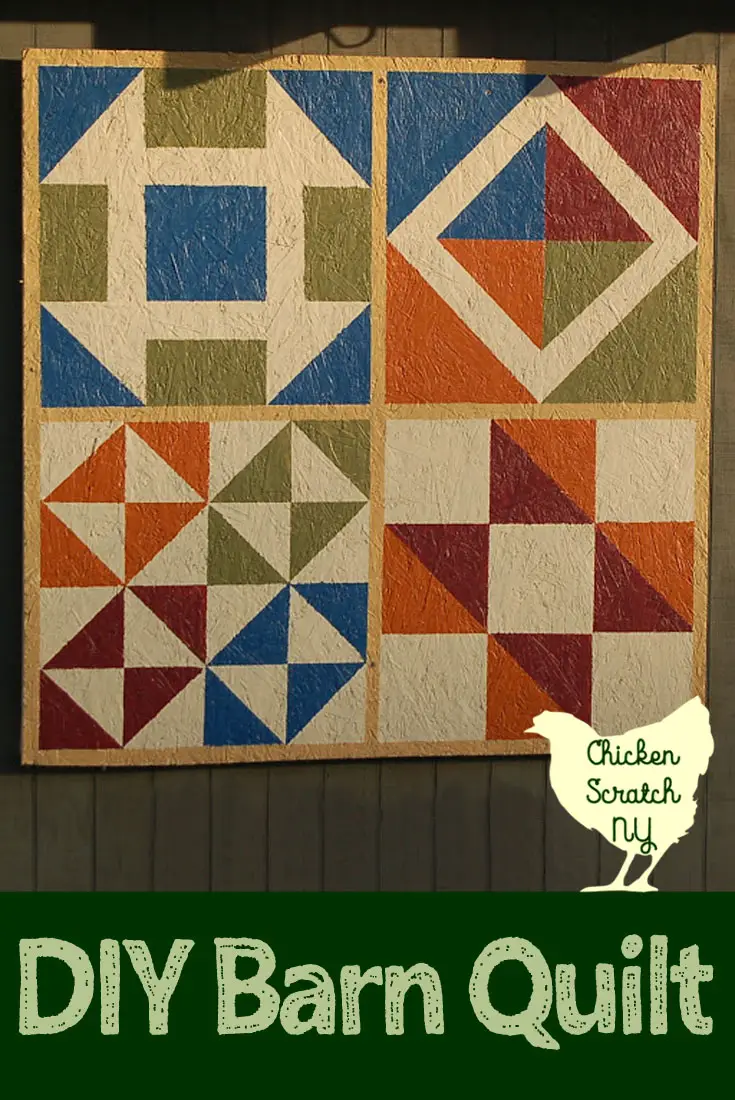
- Star of Bethlehem: This classic design is often used by quilters to signify the birth of Jesus. It is usually composed of eight small squares that together create a larger eight-pointed star.
- Grandmother’s Flower Garden: This popular design is composed of hexagons that feature a variety of different colors and patterns. It is often used to symbolize the beauty of nature and the joy of gardening.
- Log Cabin: This classic quilt design is composed of a central square surrounded by four smaller squares. The colors and patterns used in the quilt can vary depending on the quilter’s preference.
- Nine Patch: This simple quilt design is composed of nine individual squares arranged in a 3×3 grid. The quilter can vary the colors and patterns of each square to create a unique look.
- Churn Dash: This traditional quilt design is composed of four large rectangles, two of which feature a pattern of small blocks. The pattern is often used to symbolize the hard work of churning butter.
- Rail Fence: This classic design is composed of four large rectangles that are arranged in a diagonal pattern. The colors and patterns used in the quilt can vary depending on the quilter’s preference.
- Double Wedding Ring: This unique quilt design is composed of two large circles that are connected by a series of small arcs. The design is often used to signify the joining of two people in marriage.
Barn Quilt Making and Art
- Barn quilts are a unique art form that combines traditional quilting with modern painting. They are often seen on the sides of barns and other rural buildings.
- These quilts were first introduced in Ohio in 2001 and have since spread across the United States and Canada.
- The quilts are typically painted on wooden boards and are often 8 feet square. They are usually brightly colored and feature geometric designs.
- Some people create barn quilts to commemorate a special event or honor a family member. Others make them as a form of art or as a way to decorate a barn.
- The quilts can be hung outside or inside and can be used as a focal point in a room.
- Barn quilt making is a great way to celebrate rural culture and preserve local history. It is also a fun and creative way to express yourself.
- The quilts are often seen in rural areas but can also be found in urban areas. They can be used to add a unique touch to any home or business.
- Barn quilt making is an enjoyable and rewarding activity that can be enjoyed by people of all ages.
Frequently Asked Questions
What are the Different Materials Used to Make Barn Quilts?
Barn quilts are traditionally made from wood or vinyl siding, but many materials can be used for these decorative pieces, including metal, stone, and fabric. Wood is a popular choice due to its durability and ability to take paint or stain. Vinyl siding is also a popular choice for barn quilts, as it is lightweight and easy to install. Metal barn quilts are often made from aluminum, steel, or copper. Stone barn quilts are usually made of slate, marble, or granite. Fabric barn quilts are often made of canvas or burlap and are a great choice for those looking to add a more intricate design to their quilt.
What is the significance of the patterns and colors used in barn quilts?
- Symbolic Representation: Colors and patterns of a barn quilt represent various symbolic aspects of life like luck, faith, joy, love, and protection from evil and misfortune.
- Commemoration: Barn quilts are used as a way to commemorate important life events and pay tribute to those who have passed away.
- Expressing Appreciation: Barn quilts are often used to thank someone for their help or show appreciation for a meaningful gift.
- Preserving Heritage: Barn quilts often feature traditional patterns and symbols, which can help to preserve a family’s cultural heritage.
- Uniting Communities: Barn quilts can be used to bring people together and foster a sense of community pride.
What types of techniques are used to create Barn Quilts?
- Piecing – Piecing is the most popular technique used for making Barn Quilts. This involves cutting the fabric into small squares or triangles and then sewing them together to form the quilt top.
- Applique – Applique involves cutting fabric into shapes and then stitching them onto a quilt top. This technique is often used to create intricate designs and patterns.
- Stenciling – Stenciling is a technique that uses a stencil to create patterns on the quilt top. This technique is often used to create intricate designs and patterns.
- Embroidery – Embroidery is a technique that involves stitching thread onto the quilt top. This technique is often used to create intricate designs and patterns.
- Painting – Painting is a technique that involves using fabric paint to create designs on the quilt top. This technique is often used to create intricate designs and patterns.
How have Barn Quilts Evolved Over Time?
Barn quilts have been around for centuries, but the modern barn quilt movement began in 2001 in Adams County, Ohio. Since then, the popularity of barn quilts has grown, and the art form has evolved. Barn quilts now come in a variety of materials, sizes, shapes, and designs. Some are painted with traditional quilt patterns, while others feature more complex designs. Many barn quilts are even lit up with LED lighting! Barn quilt makers have also begun to incorporate modern techniques such as laser cutting, sandblasting, and printing on metal to create unique works of art. Barn quilts are now being used to celebrate local history and culture, making them a unique way to show off a community’s pride.
Are Barn Quilts Only Used for Decoration or Do They Have a Deeper Meaning?
Barn quilts are more than just decoration for a home or barn. They often have a deeper, symbolic meaning that goes beyond their visual beauty. Here are some of the meanings behind barn quilts:
- Family pride: Barn quilts can be used to honor family members and their achievements, and to express family pride.
- Local heritage: Barn quilts can be used to celebrate the unique heritage of the local community.
- Historical significance: Barn quilts can pay tribute to a particular event, person, or era in history.
- Aesthetic appreciation: Barn quilts can be appreciated as works of art in their own right.
- Symbolic expression: Barn quilts can carry messages of hope, faith, and love.
Beyond their decorative function, barn quilts can be powerful symbols of personal, family, and community identity.
Conclusion
Barn quilts have a rich history and an enduring legacy. While the history of barn quilts is not clear, the meaning and beauty of these colorful pieces of art is undeniable. They are a living reminder of our past and a way to share a part of our heritage with future generations. Barn quilts show the unique and creative spirit of the people who made them and remind us of the beauty of rural life.
